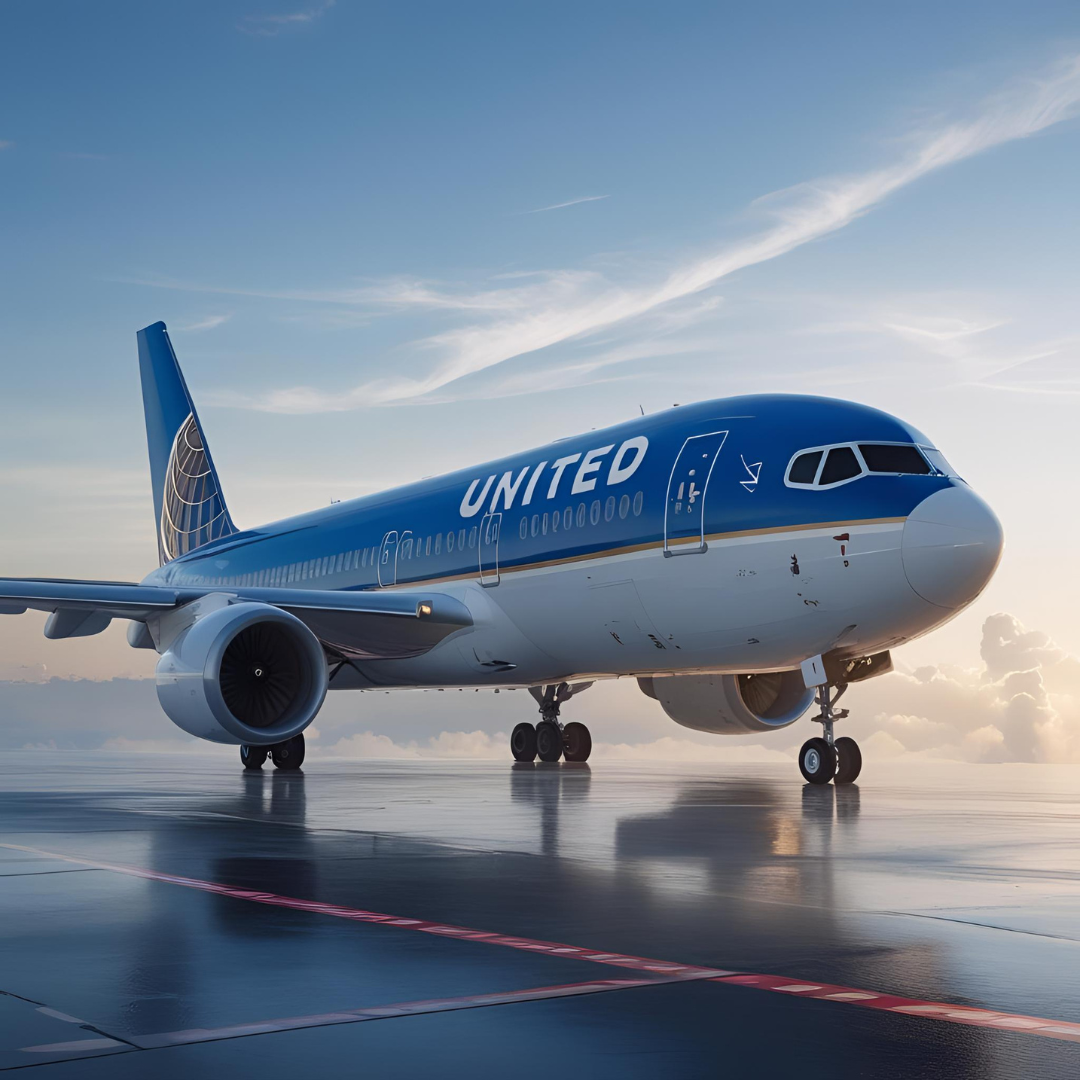In the summer of 2025, United Airlines Flight UA770—piloting a Boeing 787‑9 Dreamliner (registration N26902) from Barcelona’s El Prat Airport (BCN) to Chicago O’Hare (ORD)—made an urgent mid‑air diversion that underscored the strength of modern aviation safety protocols.
Contents
- 1 The Unfolding Crisis
- 2 Choosing London Heathrow: A Strategic Decision
- 3 The Descent: Calm Amid Crisis
- 4 Landing and Immediate Response at Heathrow
- 5 The Technical Fallout and Safety Overhaul
- 6 The Power of Coordination and Technology
- 7 Reflections from the Cabin
- 8 Lessons Learned and What Lies Ahead
- 9 A Controlled Outcome Amid Uncertainty
The Unfolding Crisis
Shortly into its transatlantic journey, flying at 37,000 feet over European airspace, Flight UA770’s crew detected a malfunction in the aircraft’s cabin pressurization system. Recognizing the potential risk to passenger well‑being, the pilots immediately declared an emergency by squawking 7700—a universal signal for general aviation emergencies—thereby triggering priority air traffic control and safety measures across the continent.
Choosing London Heathrow: A Strategic Decision
Liverpool‑flowing controllers swiftly coordinated the aircraft’s path through European skies. Spain’s ATC handed the flight to France, which then transferred it to the United Kingdom. All this occurred under the wide technical umbrella of EUROCONTROL, enabling seamless and safe routing. London Heathrow was identified as the optimal diversion airport due to its proximity, sophisticated infrastructure, and United’s operational capacity.
Digging deeper into the root cause, initial investigations later revealed that a degrading engine bearing had begun contaminating the oil lubrication system. This issue had gone unnoticed due to oil‑sampling routines not yet being due. The oil‑pressure anomalies raised alarms, prompting the decision to divert.
The Descent: Calm Amid Crisis
Passengers on board reported calm composure during the descent. Oxygen masks were not deployed, indicating that cabin pressure loss was controlled. Flight attendants offered consistent reassurance, while the cockpit crew relayed clear updates to the cabin—maintaining order and mitigating panic.
Landing and Immediate Response at Heathrow
Flight UA770 touched down safely at Heathrow, reportedly around 4:55 PM BST, onto Runway 27R. Emergency services were immediately at the ready, though fortunately not needed in force.
Medical personnel and ground staff promptly boarded to check on passengers and crew—no injuries were reported, and everyone was swiftly cleared.
Meanwhile, United’s Irregular Operations (IROP) response plan kicked into action: passengers received meal vouchers, hotel accommodations, visa assistance if needed, and rebooking support to continue their journeys with minimal further disruption.
The Technical Fallout and Safety Overhaul
Once grounded, mechanical teams conducted detailed inspections. Authorities revealed that engine bearing degradation was behind the oil‑pressure anomalies, prompting enhanced maintenance measures. United acted swiftly: increasing oil‑analysis intervals from 200 to 100 hours, deploying upgraded engine‑health monitoring systems fleetwide, and incorporating new fault‑simulation scenarios into crew training programs.
Regulatory agencies—the FAA and EASA—launched reviews, considering updates to maintenance standards and encouraging manufacturers like Boeing to revisit inspection protocols. The incident ultimately catalyzed renewed industry focus on preventive maintenance and predictive monitoring.
The Power of Coordination and Technology
This incident highlighted the robust orchestration behind aviation safety:
- Flight‑deck decisions: quick declaration, immediate prioritization of passenger safety.
- ATC coordination: multi‑national controllers cleared the airspace within minutes.
- Airport readiness: Heathrow’s command center, emergency responders, and passenger services launched swiftly.
- Data systems: real‑time alerts via the Dreamliner’s health monitoring informed United’s operations center and ATC.
- Passenger care: calm cabin communication paired with immediate ground support ensured comfort and order.
Reflections from the Cabin
Passengers later shared how crew composure made a tense situation feel manageable. One traveler said, “The crew was calm. That helped a lot. But we didn’t know what was going on.” Another recalled, “The descent felt sharp but not dangerous. The pilot was clear on the mic.” Such comments reinforce how communication and presence of mind by flight crews matter, especially when emergency procedures are underway
Lessons Learned and What Lies Ahead
The UA770 diversion serves as a textbook example of aviation systems in action:
| Key Area | Takeaway |
| Emergency Protocols | Squawk 7700 and diversion procedures work when crews are trained and confident. |
| Maintenance Vigilance | Engine wear detection and frequent checks are vital—enhanced surveillance reduces risk. |
| Technology Integration | Real‑time data from aircraft health systems improves situational awareness and response speed. |
| Communication | Open, clear messaging reassures passengers and maintains safety during stressful events. |
| Industry Learning | Events like UA770 drive adoption of stricter safety protocols and innovation across the sector. |
A Controlled Outcome Amid Uncertainty
Despite the initial scare, Flight UA770’s mid‑air diversion concluded without physical harm or chaos. The combined efforts of the flight crew, air traffic control, ground responders, and airline support systems turned a potential disaster into a managed and controlled scenario. It reaffirmed that in aviation, safety isn’t about preventing incidents entirely—it’s about how effectively emergencies are anticipated, communicated, and managed.
Final Thoughts
United Airlines Flight UA770’s emergency diversion underscores the layered resilience on which modern aviation is built. From well-trained pilots and attentive cabin crew to high-tech monitoring systems and ready-to-act airports, every element played a role. For passengers, it’s a reminder: in the rare event of an emergency, trust in the people and systems tasked with keeping you safe.
